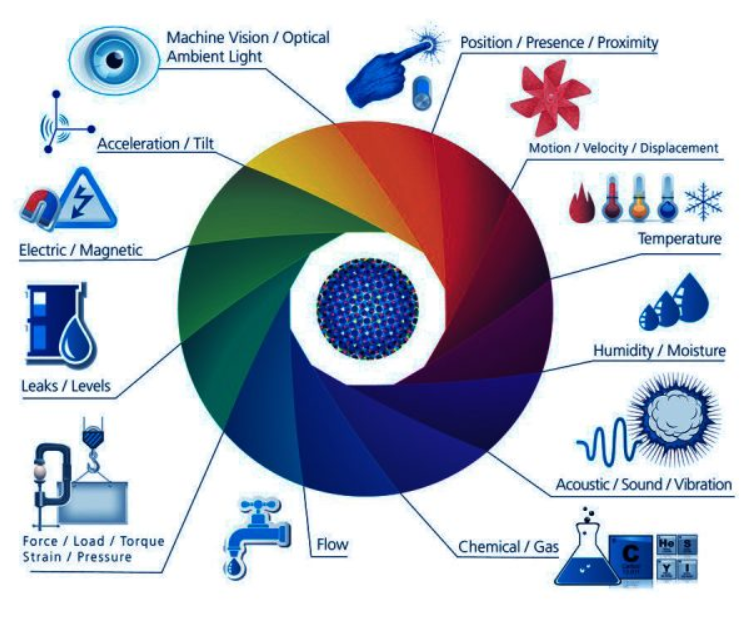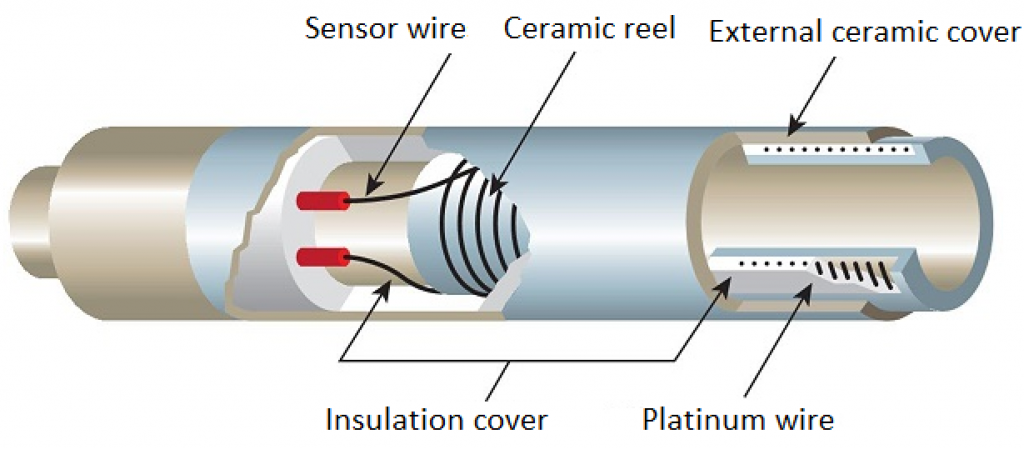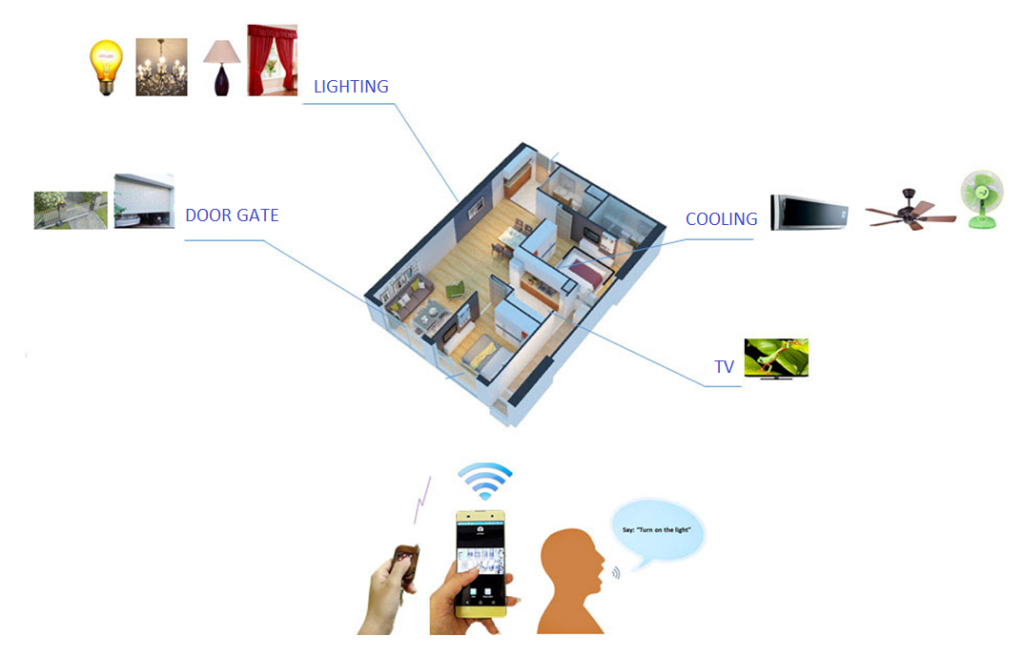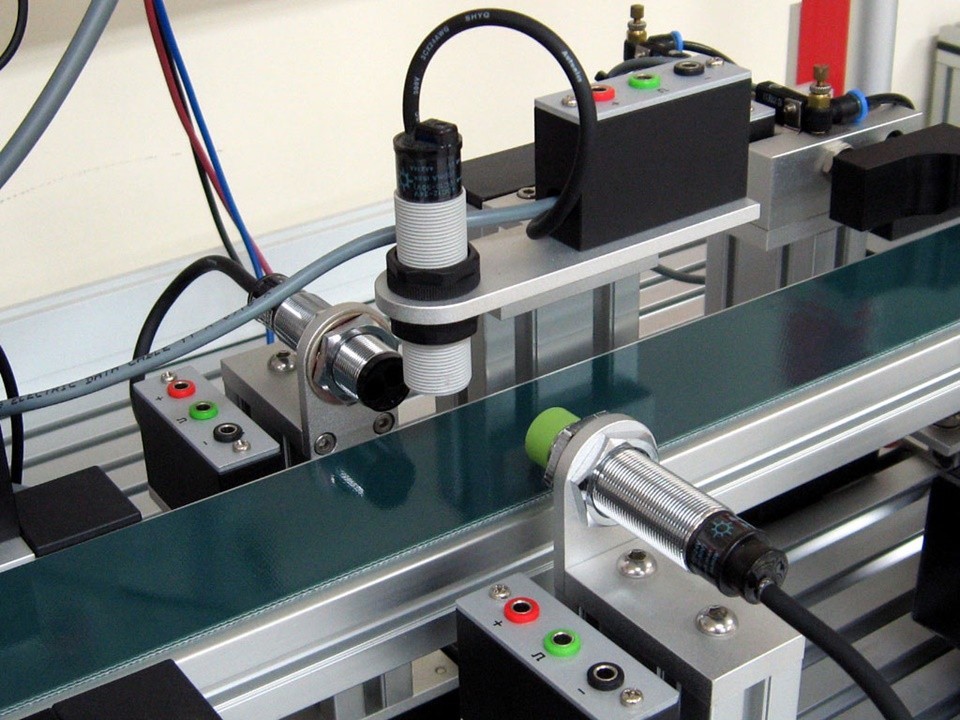Sensor is an electronic device used to sense physical, chemical or biological states or processes of the environment such as temperature, humidity, pressure, object movement. light, sound, etc, then convert into an electrical signal to transmit to the central processing unit. In fact, depending on each specific system, different sensors will be used.

Sensors are a common device in life, especially in the industry. They play a very important role in automation systems, reducing labor costs, management costs, helping enterprises increase profits. Let’s take a look at the sensor overview.

General structure of the sensor
Sensors have many types with different shapes and functions, but in general, they have a common structure consisting of 3 main parts:
- The protective cover, which protects the internal parts of the sensor, is usually made of plastic or metal depending on the type of sensor used.
- Signal transceiver, is the transceiver and sensing part of the sensor in general. For example, the optical sensor emits light in the form of light, the thermal sensor will have temperature sensor wires located in the protective cover, etc.
- Receiver signal converter, is the part that converts the signals received from the signal transceiver into an electrical signal (also known as the signal processor or the brain of the sensor).
Sensor classification
There are many different types of sensors and can be divided into three main groups:
- Physical sensors: electromagnetic waves, light, ultraviolet, infrared, X-rays, gamma rays, radiation particles, temperature, pressure, sound, vibration, distance, motion, acceleration, magnetic field, gravity field,…
- Chemical sensors: humidity, pH, ions, specific compounds, smoke,…
- Biosensors: blood glucose, DNA/RNA, specific proteins for blood diseases, bacteria, viruses…
The role of sensors
In today’s smarthome homes, you will often see homeowners using a number of sensors such as motion sensors at the corridors, temperature and humidity sensors to monitor room temperature and humidity, sound sensor to turn on and off the lighting devices, etc. They show the wide applicability of these products.

In factories, at automation systems, product lines will often be installed with sensors such as object motion sensor, optical sensors, pressure sensors, proximity sensors, etc. to automate the process of packaging, labeling, product classification.

There are also many other practical applications that show the importance of sensors in our lives.
Above is an overview of the sensor, hope the article is useful for you. Thank you.
